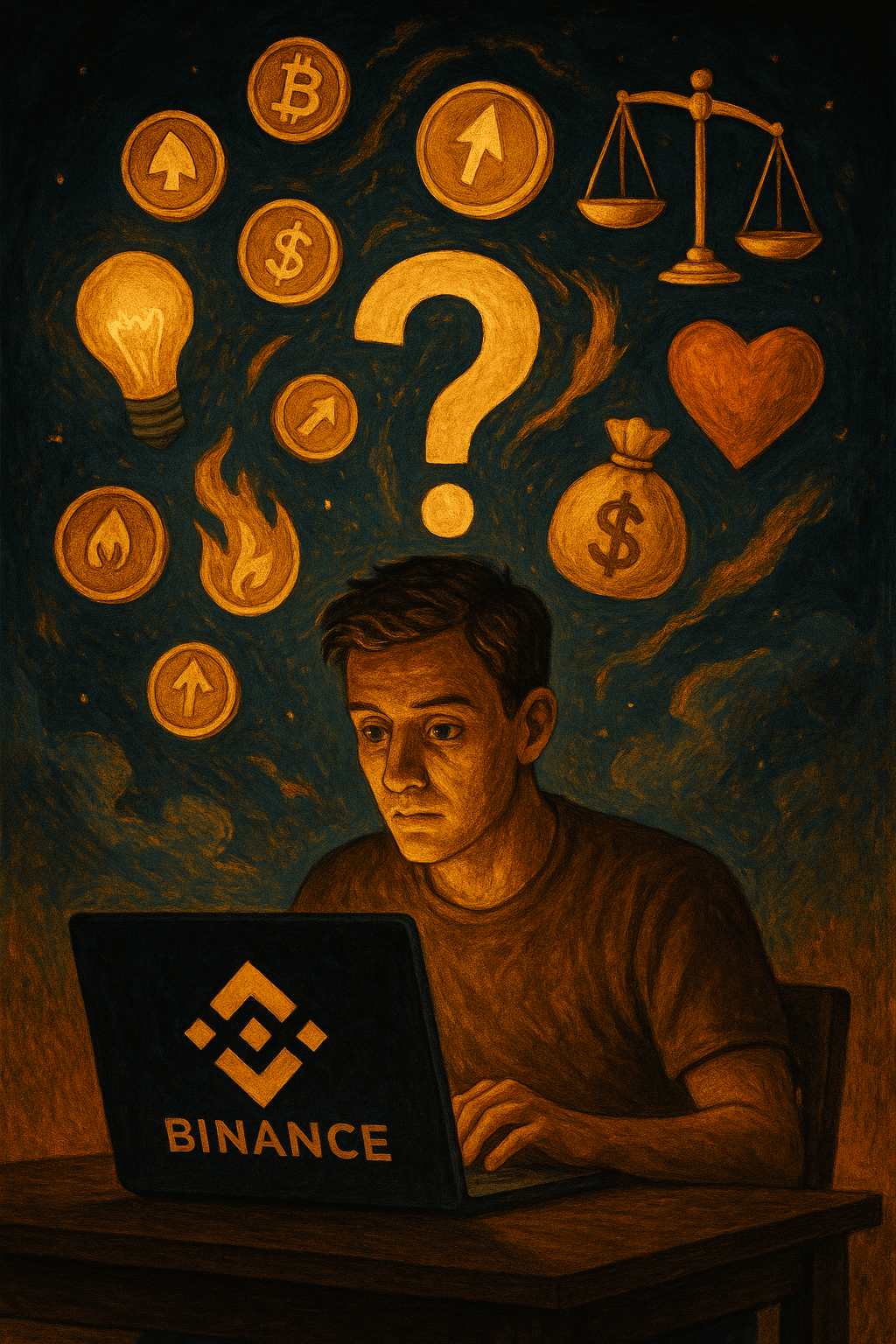A mechanism of limitations that affects the rise and fall of prices.
🔹 Locked tokens (Locked)
Imagine that a token is like money in a safe: it’s yours, but you can’t use it right now.
Reasons for locking:
#Staking — you put tokens in a “deposit” and earn interest (like a bank). While they are in staking — they are locked.
#Vesting — the project team or early investors receive their tokens gradually, so they do not flood the market all at once. Then they are locked until a certain date.
Liquidity pools / #farming are locked as a contribution to the liquidity pool.
Key point: they exist, but you cannot sell or use them right now.
🔹 Unlocked tokens (Unlocked)
This is when the safe opens 🔓 and the tokens become “alive”:
You can sell them on the exchange, transfer to a wallet, or use them in #DeFi .
When it comes to vesting, this is the moment when early investors/developers gain the right to manage their coins.
Why is this important for a trader!
Mass unlocking = risk of price drop.
Because suddenly a large number of tokens are dumped on the market (investors may start to take profits).
Locking = scarcity.
When many tokens are locked in staking or liquidity pools, the supply in the market is lower → the price can remain more stable or even rise.
A simple example:
Imagine token X:
A total of 1 million tokens exist.
Of these, 700,000 are locked in staking and with the team until 2026.
Only 300,000 tokens are actually traded on the market.
! If another 200,000 are unlocked tomorrow, then:
The supply will sharply increase.
If demand is insufficient — the price may fall.
📌 Therefore, experienced traders always look at the token unlock schedule, as it provides 'signals' of when to prepare for volatility.
Advice from #Psy_Trade : create a lifecycle diagram for you, 'the life cycle of a token: from locking to unlocking,' to visualize how this mechanism works?
